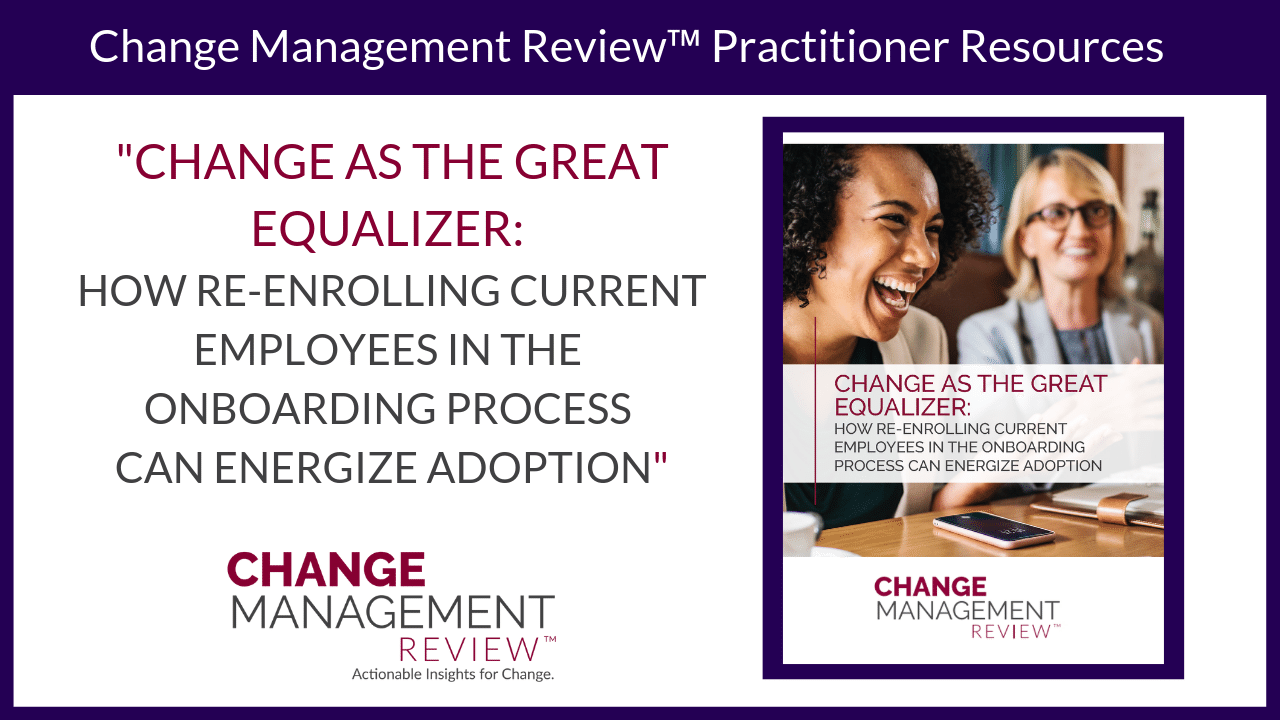Change, and learning what’s needed to succeed in the workplace, can be both exhilarating and daunting.
For some, it serves to re-energize them and make them feel optimistic about what’s ahead. For others, it creates a sense of fear and doubt about their being able to learn what’s new or about having a place within the future of the organization.
This guide walks you through a real-world example of the dynamics that can happen when both existing employees and new hires arrive at the first step of the learning curve together, the potential differences in receptivity that may arise, and ways to engage employees to move forward together.
Building on the idea that new employees are often optimistic about the learning curve they face when joining a company thanks to their recent interview and orientation experiences, we’ll examine how employing a new-hire onboarding approach can re-enroll existing employees and energize them to reduce concerns and to share in the positivity.
Claim Your Access to this Change Management Practitioner’s Guide that Helps You:
- Understand how change becomes the “Great Equalizer” between new-hire employees and veteran employees who find themselves at the beginning of a new learning curve
- Utilize the Four Stages of Learning, created by Mr. Noel Burch, co-author with Thomas Gordon of the Teacher Effectiveness Training Book (1974)
- Appreciate how the dynamics of the Four Stages of Learning can create a sense of fear and doubt in current employees
- Evaluate how the new-hire process contributes to the optimism of newly-hired employees who find themselves at the same stage of learning as these current employees
- Combine these concepts and employ new-hire onboarding tactics to help current and veteran employees become more receptive to organizational change
- Make use of the real-world example of a change management initiative contained inside this Guide to make the concepts and principles




